Valerian is a herb that is often used as a sleep aid because it has calming properties. This herb is often called "nature's Valium," and people have been using it to treat sleep problems like insomnia since the Middle Ages. Also, valerian might help you relax, and it might help people with anxiety and other symptoms.
The valerian plant is not only found in its native Europe and Asia, but also in North America.
In ancient Greece and Rome, valerian was used to treat a variety of medical conditions. The valerian plant has a long medical history, having been used to alleviate symptoms such as sleeplessness, migraines, exhaustion, and gastrointestinal distress.
Popular uses for valerian now include relieving symptoms of sleeplessness, anxiety, depression, PMS, menopause, and headaches.
Valerian is a medicinal plant valued for its roots and rhizomes (underground stems).
There are many different kinds of Valeriana plants since the Caprifoliaceae family is so large. There are several species in this genus, but Valeriana officinalis is the most well-known. To distinguish it from other Valeriana species, it is usually referred to as simply valerian or garden valerian. Garden heliotrope and all-heal are two other names for Valeriana officinalis; all-heal is also used to refer to plants of the Stachys genus, which belongs to the Lamiaceae family. Centranthus ruber, most often known as red valerian, is not a relative of valerian at all.
The valerian plant is native to western Asia and Europe, but it has since spread throughout the globe and is now widely cultivated in the United States. Among the numerous kinds of butterfly that rely on valerian for sustenance is the grey pug. Since the sixteenth century, valerian flowers have been used as a popular element in fragrances due to their pleasant aroma.
Table of Contents
Early use of valerian:
Valerian has been used as a medicinal plant for more than two thousand years. In the fifth century BC, the Greek physician Hippocrates mentioned it, and in the second century AD, the Greek physician Galen advised valerian extract as a cure for insomnia. Even now, valerian is often used in herbal therapy.
As early as the second century A.D., people were using valerian to treat sleeplessness, anxiety, and nervous restlessness. In the seventeenth century, it had widespread success across Europe. Stomach cramps are another potential health issue that this might alleviate.
Plant description of Valerian:
The valerian plant is a perennial that may reach a height of 2 feet and is found naturally in Europe. It is cultivated for ornamental purposes and may also be found naturally occurring in wet meadows. Umbrella-like crowns sit atop straight, hollow stalks. It has dark green, pointy leaves that are hairy on the underside. In June, you may find these little, fragrant blooms in shades of white, light purple, and pink. When fresh, the root has a pale greyish brown colour and has a little scent.
What is Valerian root?
Flowering and perennial, the valerian plant may reach heights of over 6 feet. Many ancient cultures, such as the Greeks and the Chinese, made use of valerian root medicinally. Its beneficial benefits on both the body and the psyche have made it a popular dietary supplement. The most common use of valerian extract are in dietary supplements intended to improve mental state and quality of sleep. The Tagar plant is another name for it.
Use of Valerian in Ayurveda:
In Ayurvedic medicine, valerian root is used. More than three thousand years ago, practitioners of Ayurveda in India set out to create a system that would improve health by fostering harmony between the individual's physical, mental, and social environments. In Ayurveda, valerian is a top-tier herb for its ability to aid in restful sleep.
Where does the valerian root come from?
The valerian root, originally from Europe and Asia, is now also cultivated in North America. Powders and extracts are made from the dried, fermented root of the valerian plant. Valerian may survive in temperatures as low as -20 degrees Fahrenheit, although it does better in full sun or light shade. Flowers smell nice, but the roots can be rather strong.
Health benefit of valerian:
Multiple studies have demonstrated that valerian is a helpful sleep aid for those with a wide range of sleep problems. The elderly, women past menopause, those with chronic sleep disorders, healthy adults with occasional sleeplessness, and those with no sleep disorders were all represented in these research. Long-term supplementation (lasting from 5-8 weeks) has been shown to improve deep sleep (slow-wave sleep), sleep latency (the time it takes to fall asleep), and sleep quality.
Medicinal use of valerian:
For medicinal purposes, valerian extract contains a lot of components, but one of the most important is valeric acid. The volatile oils from the dried roots are extracted and then the extract is put into capsule form. The effects of valerian on gamma-aminobutyric acid (GABA) receptors, named after the neurotransmitter that inspired their discovery, have been the focus of the vast majority of valerian supplementation studies.

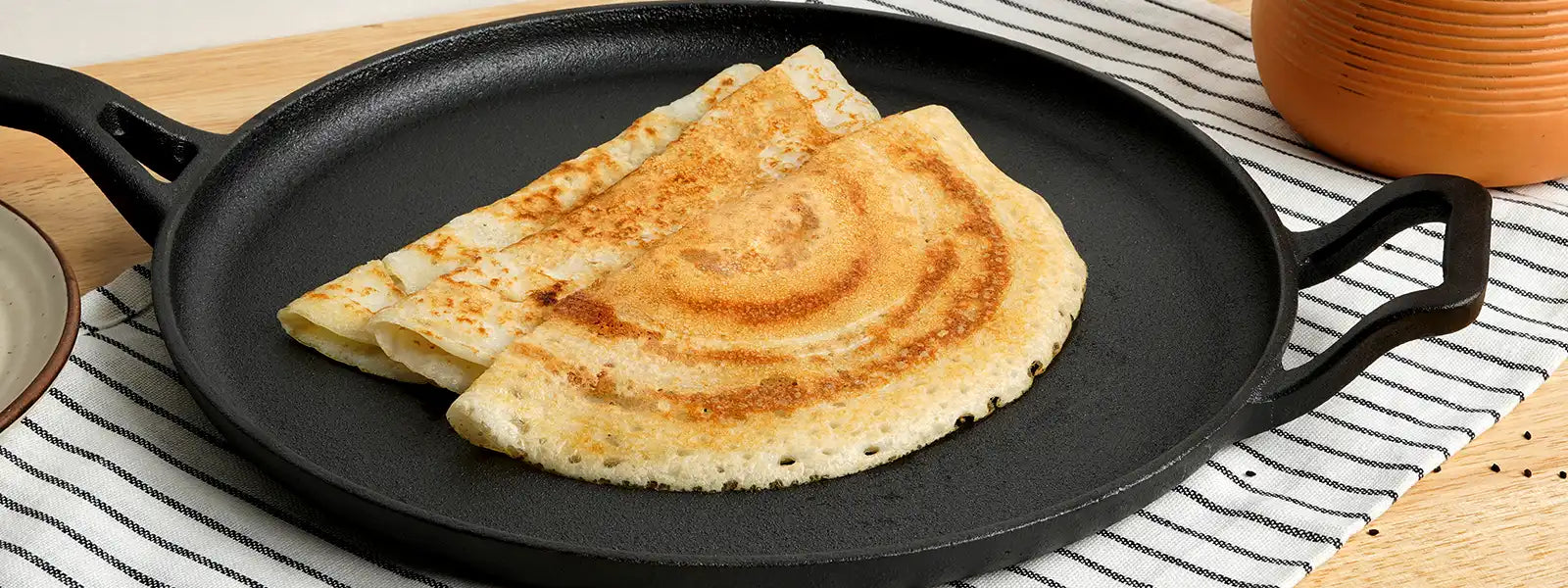
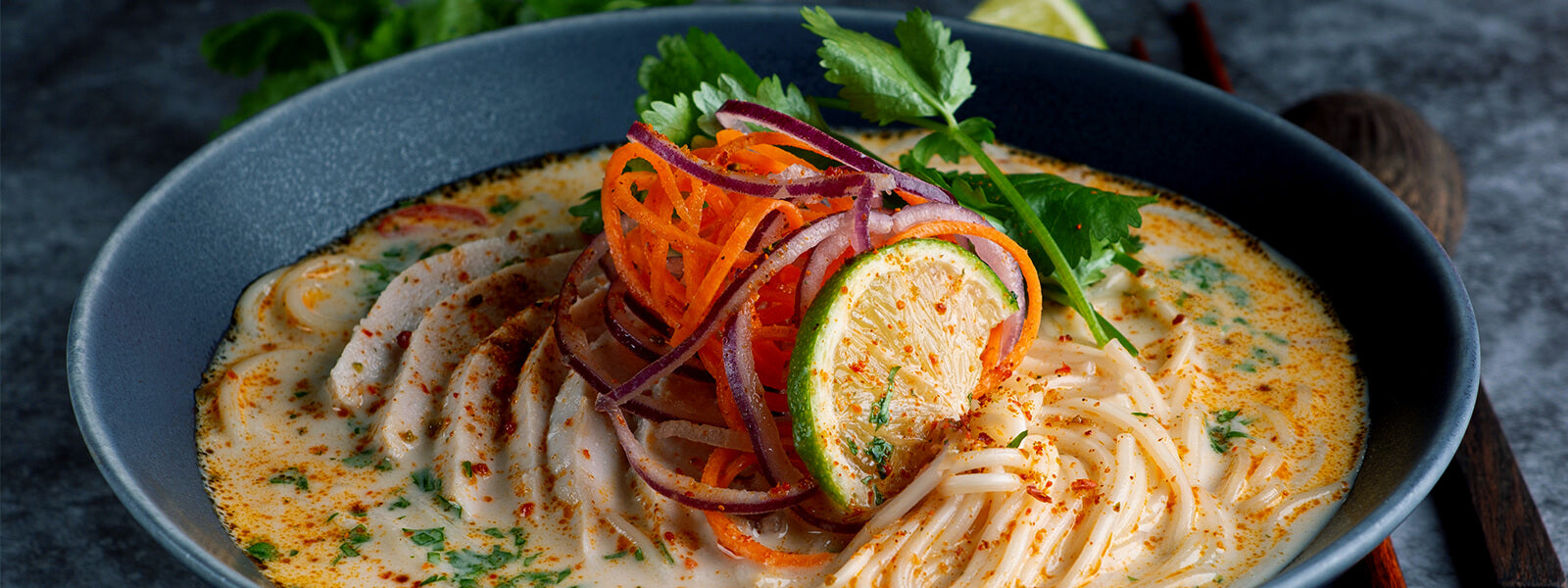
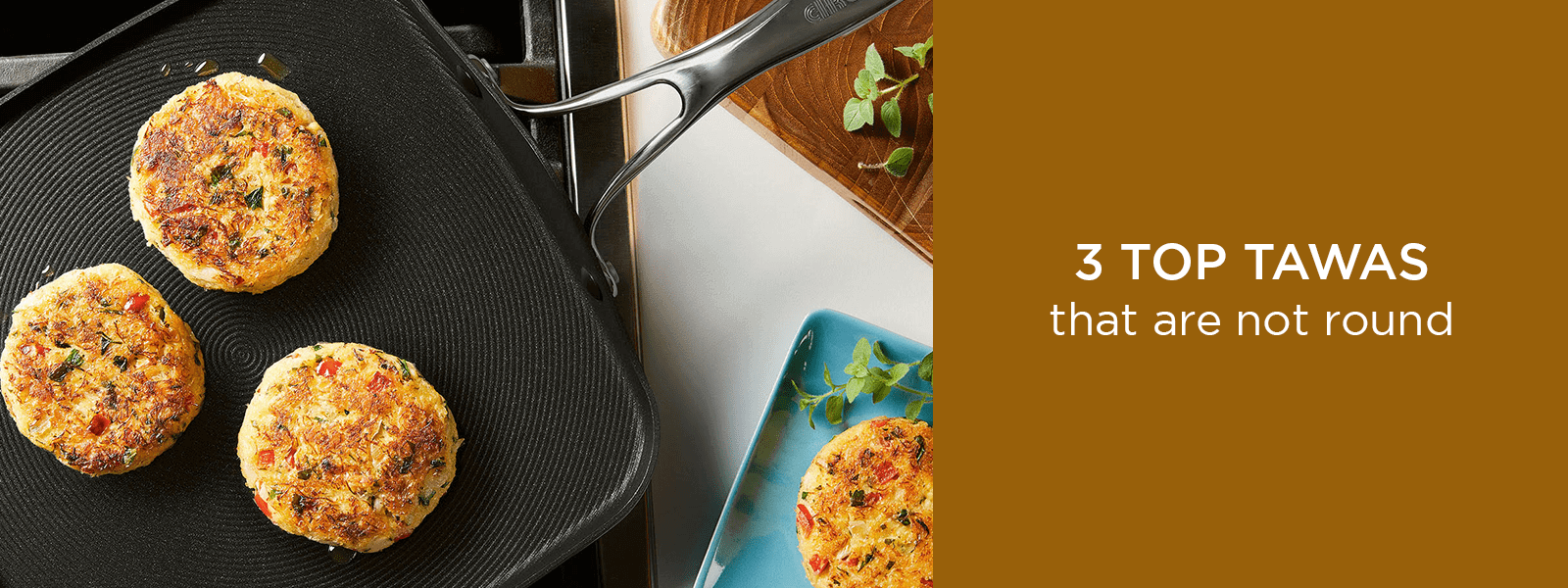
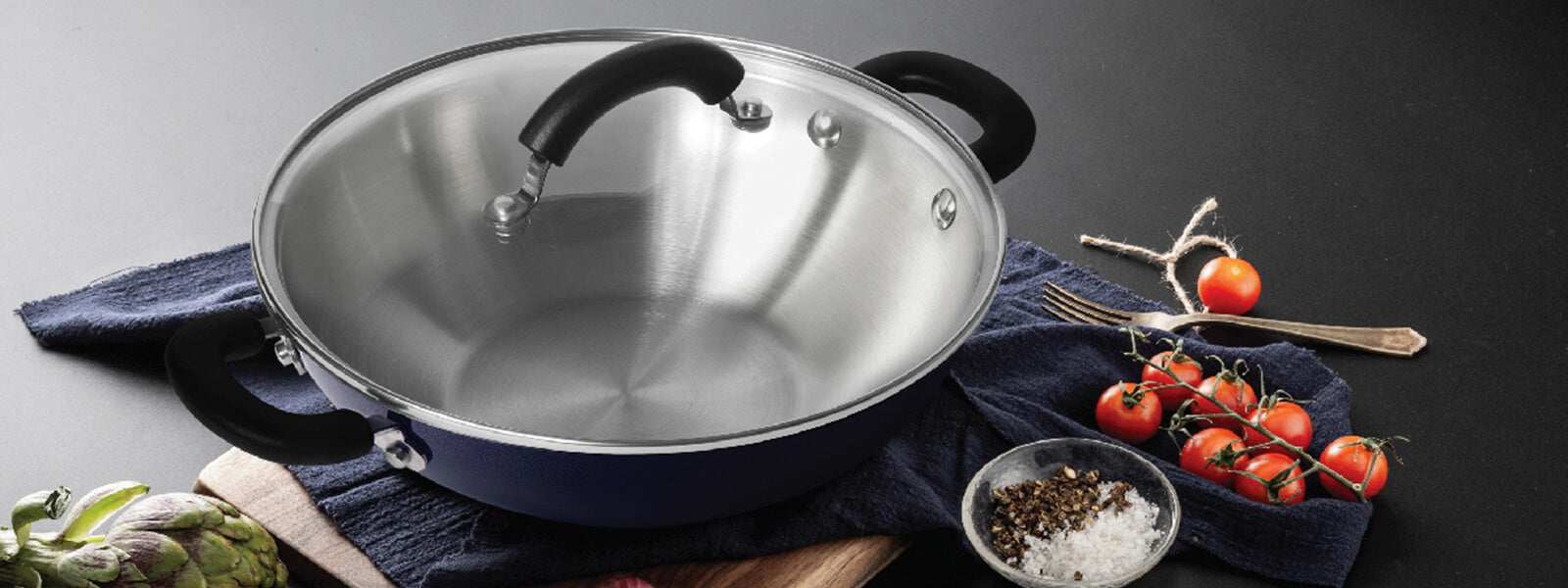
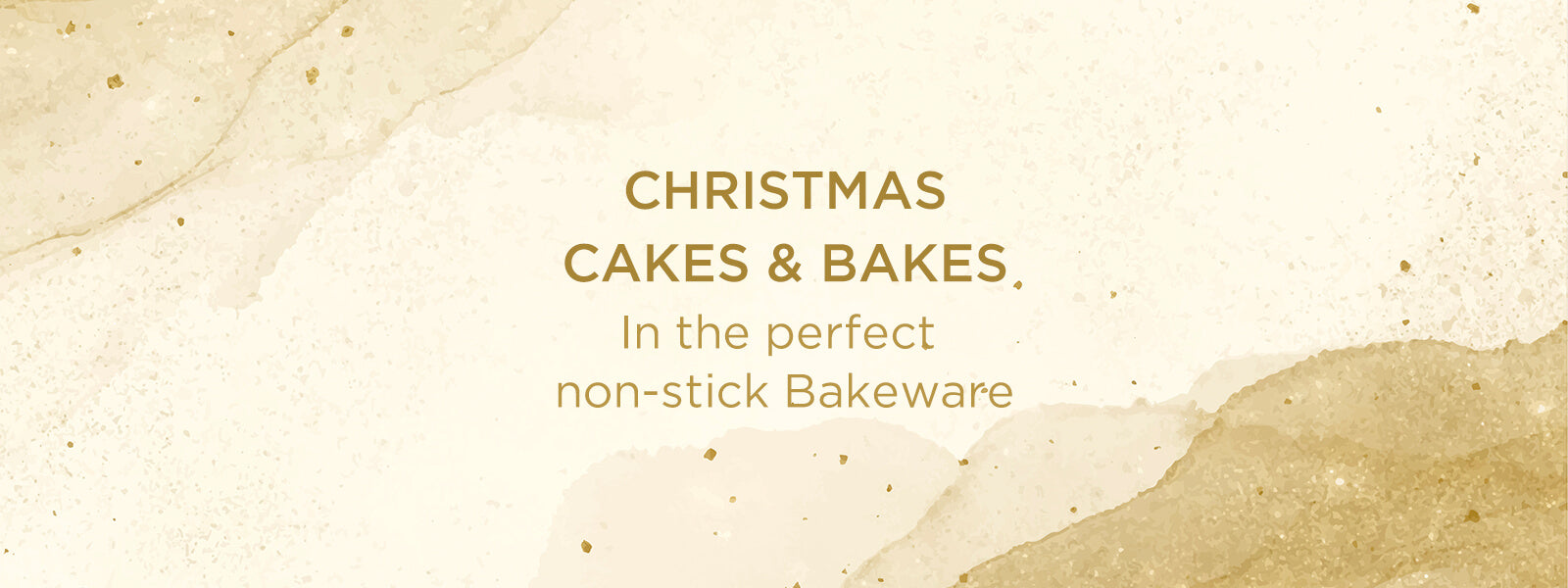
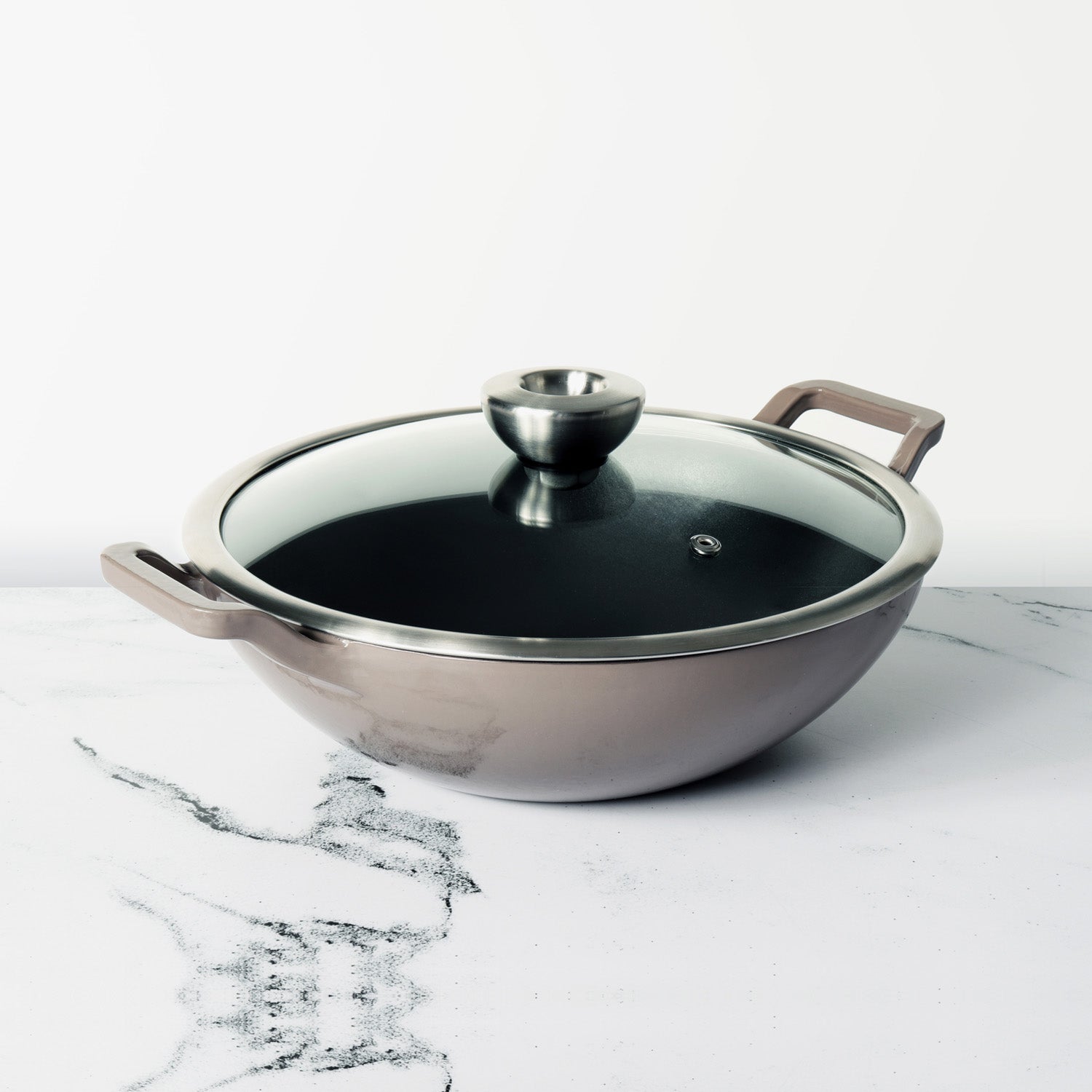
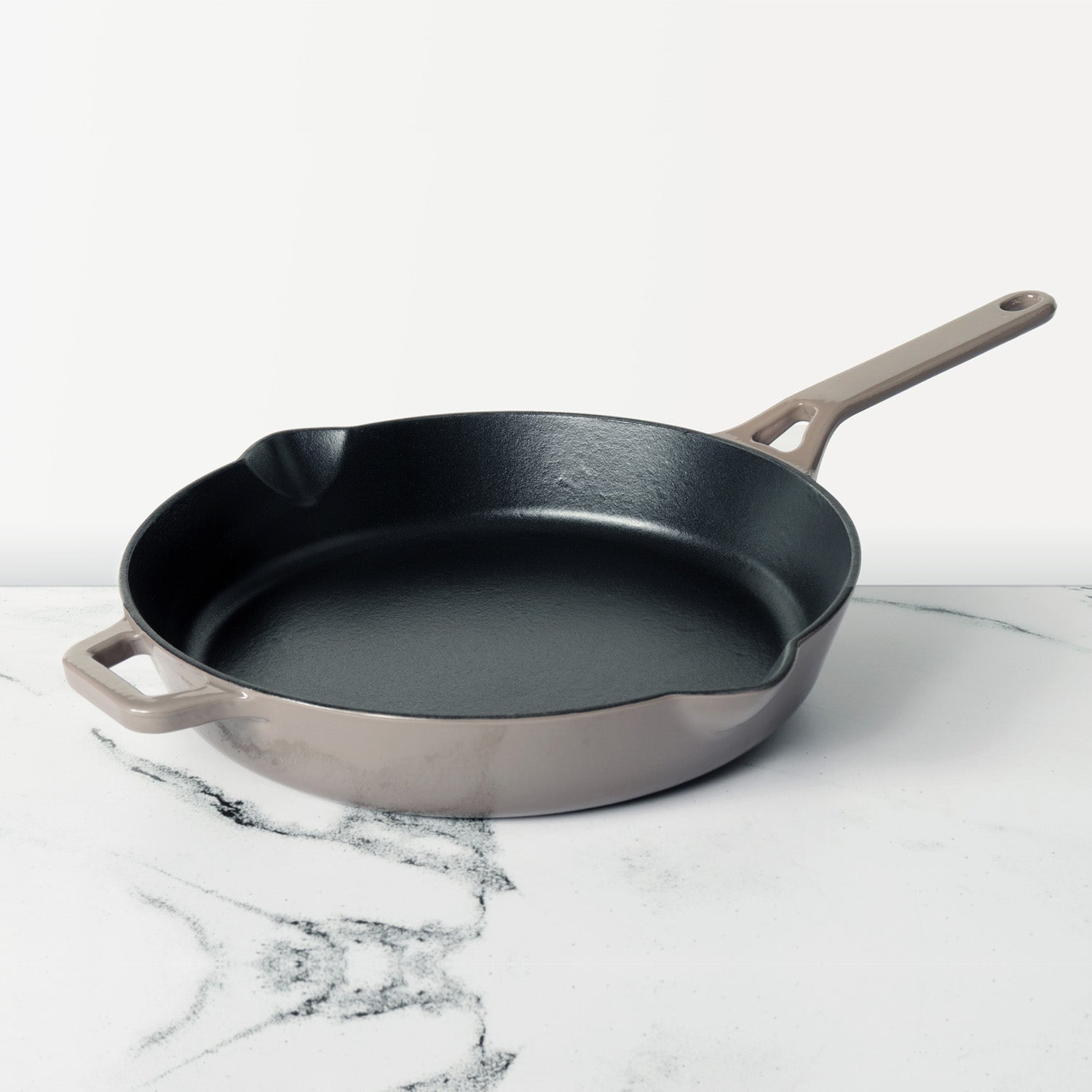




Leave a comment